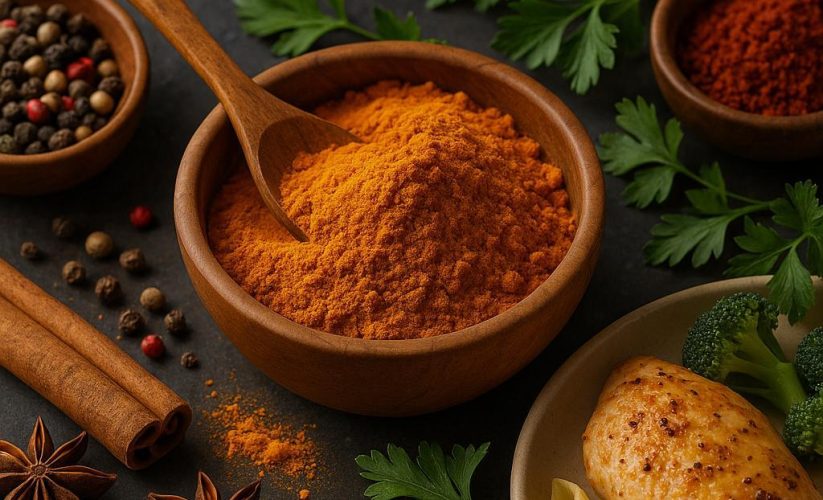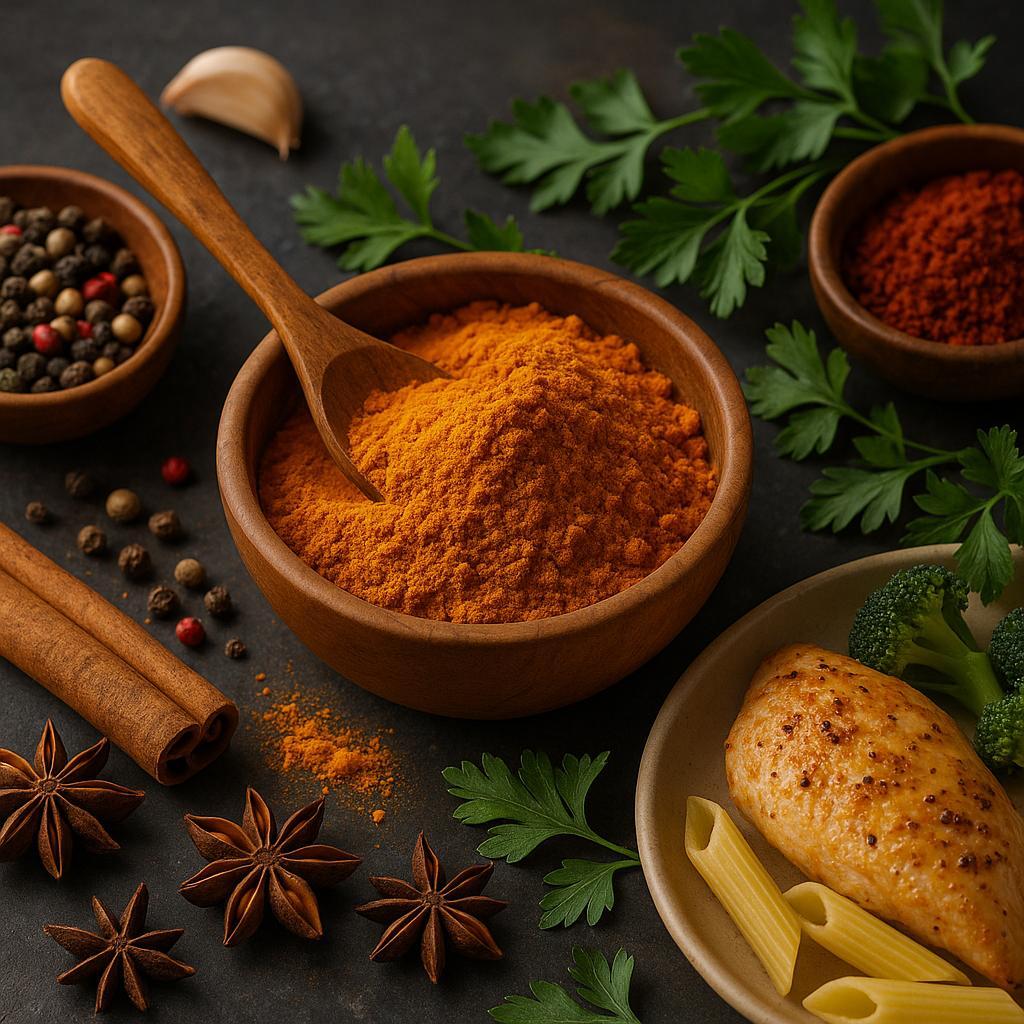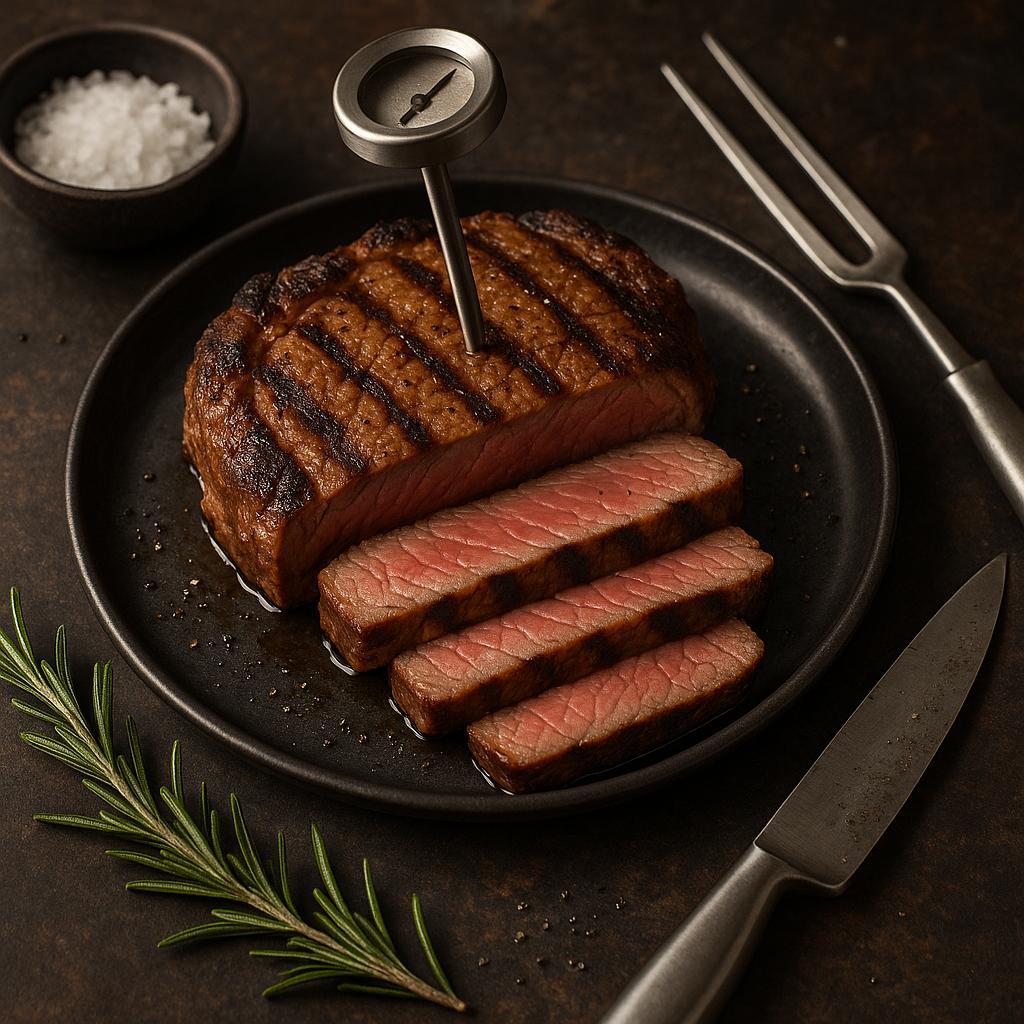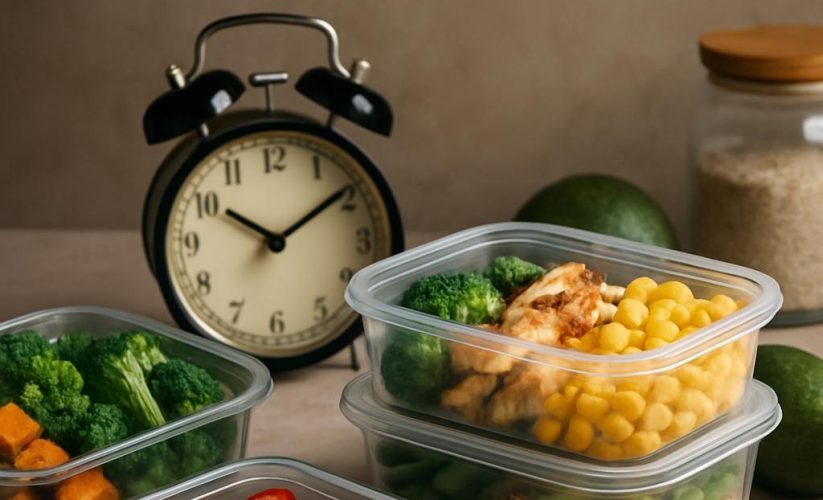
Time-Saving Meal Prep Tips for Busy Schedules
The clock doesn’t care that you still need to eat.
When evenings collapse into commutes, chores, and one more email, cooking can feel like a second shift. Meal prep is the quiet workaround: a way to front-load a few decisions so weeknights run on autopilot. Done well, it saves time, trims stress, and keeps dinner from defaulting to takeout-without consuming your entire Sunday. This article offers practical, repeatable moves that fit a crowded calendar and a real kitchen, helping you build momentum meal by meal. Ready to trade last-minute scrambles for simple routines? Let’s set up your week so “What’s for dinner?” is answered before the question arrives.
Table of Contents
- Plan ahead shop faster with a simple map
- Batch cook bases that turn into fresh new meals
- Freezer friendly kits that make dinner happen on autopilot
- Flavor boosters you can prep to rescue any quick meal
- Q&A
- In Retrospect
Plan ahead shop faster with a simple map
Treat your grocery run like a route map, not a scavenger hunt. Sketch your store’s five main zones-produce, meat/seafood, center aisles, dairy, frozen-then rebuild your list in that exact walking order. Use the store app to add aisle numbers beside each item while you plan your week’s menu, and tag every ingredient with its meal (e.g., “chicken thighs-Aisle 12-Taco bowls”). Start with produce and proteins, then sweep center aisles, finish at dairy and frozen to protect the cold chain, and head straight to checkout with zero backtracking. Add smart swap rules to the list (e.g., “broccolini → broccoli → frozen florets”) so you can adapt in seconds when items are out. Aim for off-peak windows-weekday mornings or late evenings-so you maintain momentum and avoid bottlenecks at popular endcaps.
Create a reusable “map list” template that mixes two layers: a permanent staples spine (eggs, onions, grains, oils) already sorted by zone, plus a weekly recipe module you drop in under the matching zones. Include quantities in prep-friendly units (“3 cups cooked rice” → “1 lb dry jasmine”) to prevent midweek shortages, and choose prep-biased versions where they save time without hurting flavor (pre-cut butternut, chopped mirepoix, peeled garlic). Keep a slim insulated tote in your cart so proteins and greens survive a quick detour, set a strict “no aisle re-entry” rule, and cap browsing to one targeted deal you actually planned to use. Before you leave, scan the cart by zone-produce, meat, center, dairy, frozen-to verify every meal is covered end-to-end (protein, veg, starch, sauce), and snap a photo of the receipt; you’ll refine the map weekly as you learn which substitutions, sizes, and brands best fit your meal prep rhythm.
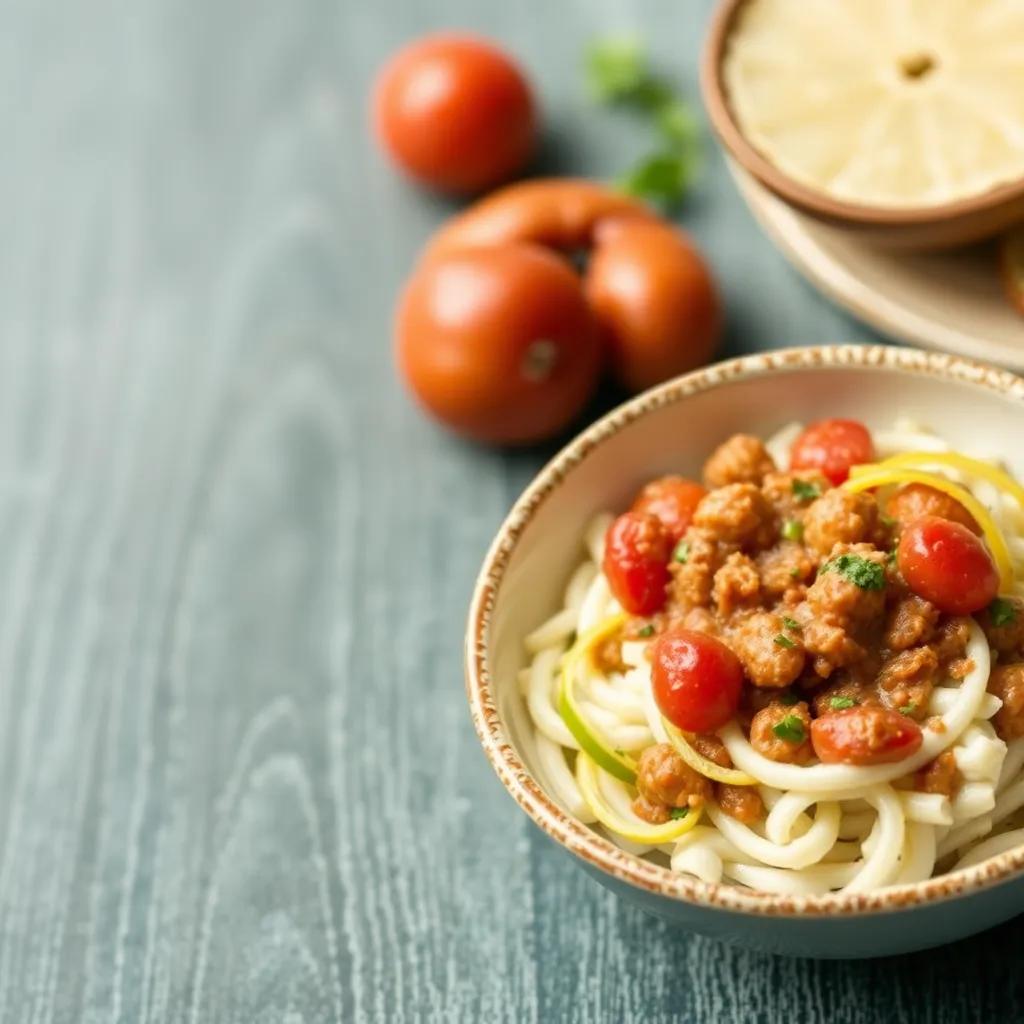
Batch cook bases that turn into fresh new meals
Dedicate one focused hour to cook neutral, flexible bases that plug into multiple cuisines. Aim for a grain (3 cups dry quinoa or brown rice = ~8 cups cooked), a protein (2 lb boneless chicken thighs roasted at 425°F for 22-28 minutes, or 2 cups dry lentils simmered 20-25 minutes = ~5 cups cooked), and 2 sheet pans of vegetables (broccoli, peppers, red onion, and diced sweet potato tossed with olive oil, salt, pepper, and garlic powder; roast at 425°F, rotating pans halfway, 22-30 minutes). Season lightly so they don’t lock you into one flavor profile. Cool quickly on trays, then portion smart: 1-2 cup containers for grains and veg; 4-6 oz portions for protein. Stash 3-4 portions in the fridge (3-4 days) and freeze the rest (up to 2-3 months). Label with date and weight so you can build meals by ratio: roughly 1 part protein, 1-2 parts grain/veg, plus a punchy sauce and a crisp or creamy finish.
Turn those foundations into fresh plates in minutes by changing only the accents. For a bright grain bowl, toss quinoa with lemon, olive oil, chopped herbs, and roasted veg; add chicken or lentils and finish with feta or toasted nuts. Fold the same components into tortillas with quick-lime slaw and hot sauce for tacos. Simmer a 10-minute soup by heating broth with coconut milk and curry paste, then add lentils and veg. Make a weeknight fried “rice” by crisping cold grains in a skillet with soy, scallions, and a jammy egg. Spread flatbreads with pesto or harissa, scatter bases on top, and bake until crisp. To keep flavors rotating, prep a trio of finishing sauces-chimichurri, tahini-lemon, and peanut-lime-so the same base tastes new each night. Refresh texture when reheating: splash grains with water and microwave covered, re-crisp veg in a hot pan, and shred or slice proteins after warming to keep them tender.
Freezer friendly kits that make dinner happen on autopilot
Build complete “dump-and-cook” kits by grouping a protein, vegetable mix, starch, and a sauce concentrate so dinner moves from freezer to pan with zero decision-making. Batch-prep proteins in 1-pound portions (chicken thighs, ground turkey, shrimp), pat dry, and bag flat with marinades frozen separately as 1/2-cup disks or ice-cube “pucks” for faster thawing and even seasoning; label each bag with date, components, and cook-from-frozen directions. Flash-freeze chopped veggies on a sheet pan before bagging to prevent clumping; do the same with cooked sides like brown rice or quinoa pressed into 1/2-cup “patties” for quick microwave reheats. Aim for versatile combos: Sheet-Pan Lemon Herb Chicken (chicken + broccoli/peppers + lemon-garlic butter disk), Korean Beef Stir-Fry (beef strips + snap peas/onions + gochujang-soy cubes, paired with rice patties), Veggie Taco Night (spiced black beans + fajita veg + salsa verde cube + tortillas bagged separately), and Thai Coconut Curry (shrimp or tofu + mixed veg + coconut-curry disk). Use the “bag-in-bag” method-sauce in a snack bag tucked into the main freezer bag-so flavors stay bright and textures crisp. For maximum stackability and quicker thaw, press bags flat, remove excess air with a straw, and freeze on a baking sheet. Add a small “finishers” pouch (lime wedges, toasted nuts, scallions) to elevate freezer meals without extra prep.
Set kits to autopilot with short, proven cook scripts printed on the label: Sheet-pan-empty onto a greased tray and roast at 425°F for 22-28 minutes; Stir-fry-sear protein 4 minutes, add veg 3 minutes, melt sauce cubes and toss 2 minutes; Taco filling-sauté from frozen 8-10 minutes, splash water if needed; Pot-to-simmer soups-dump contents with 3-4 cups stock and simmer 18-22 minutes. Microwave rice patties 90-120 seconds while mains cook, and finish with your garnishes pouch for texture and color. Color-code painter’s tape-blue for poultry, green for veg, red for beef-and add a simple rotation note: “Use within 3 months.” Commit 90 minutes on Sunday to assemble 6 kits and you’ve banked a workweek of dinners that cook themselves. For best quality, cool any cooked components fully before freezing, never refreeze raw proteins that have been thawed, and keep sauce cubes concentrated so flavors pop after freezing. A final pro tip: make double sauce cubes for each kit-one cooks the meal, the extra drizzles at the end for a restaurant finish.
Flavor boosters you can prep to rescue any quick meal
Garlic confit: slowly simmer peeled cloves submerged in olive oil until silky (low heat, 30-45 minutes). Refrigerate submerged and use within 1 week, or freeze in small jars up to 3 months; mash into mayo, swipe on toast, or stir through hot grains. Miso-sesame dressing concentrate: whisk 3 tbsp white miso, 2 tbsp rice vinegar, 1 tbsp soy sauce, 1 tbsp tahini, 1 tsp honey, and 2-3 tbsp water until pourable; keeps 10 days and instantly rescues noodles, slaws, and roasted veg. Lemon-herb compound butter: combine 8 tbsp softened butter, 2 tbsp chopped parsley, 1 tbsp lemon zest, 1 tsp crushed red pepper, pinch of salt; roll in parchment, chill, then slice over fish, steaks, or steamed greens (freeze up to 3 months). Quick-pickled red onions: cover thin slices with 1 cup vinegar, 1 cup hot water, 2 tsp sugar, 2 tsp salt; add peppercorns; ready in 30 minutes, keeps 2 weeks-brightens tacos, bowls, and sandwiches. For a green hit on demand, blitz 2 cups tender herbs (parsley/cilantro), 2 scallions, 2 tbsp capers, lemon zest and juice, 6 tbsp olive oil, salt; freeze as salsa verde cubes to melt into pans with shrimp or toss with warm potatoes.
Stock dry “finishers” for crunch and lift. Dukkah: pulse 1/2 cup toasted almonds or hazelnuts, 2 tbsp sesame seeds, 1 tsp each toasted cumin and coriander, 1/2 tsp salt-sprinkle on eggs, soups, and avocado toast; airtight for 1 month. Pangrattato: toast 2 cups coarse breadcrumbs in 3 tbsp olive oil with 1 tsp granulated garlic, zest of 1 lemon, pinch chili until deeply golden; cool, store 1 week-rain over pasta, roasted broccoli, and salads for instant texture. Citrus-chile finishing salt: mix 2 tbsp thoroughly dried citrus zest, 1/4 cup kosher salt, 1 tsp smoked paprika or chili flake; lasts 3 months and makes fish, popcorn, and tacos pop. Umami shake: blitz 1/4 cup dried mushrooms, 1 toasted nori sheet, 1 tbsp sesame seeds, 1 tsp sugar, 1 tsp salt; toss into rice, pan sauces, or stir-fries. Label jars with uses and dates, park them by the stove, and every 10-minute meal suddenly tastes planned.
Q&A
How can I meal prep for different diets (vegetarian, high-protein, gluten-free) without cooking separate meals?
Build component-style meals: cook neutral bases (quinoa or rice, roasted mixed vegetables, a pot of beans or lentils), then prepare two proteins (e.g., sheet-pan tofu and chicken thighs) seasoned simply with salt, pepper, and garlic. Store components separately and finish plates with “flavor toppers” that match each diet-tahini-lemon for veg, chimichurri for high-protein, and gluten-free tamari-ginger for stir-fries-so everyone assembles their version in minutes.
What batch-cooked building blocks save the most time and still keep meals interesting?
Choose versatile anchors that flip cuisines with a sauce change: a grain (farro, brown rice, or couscous), a hearty legume (chickpeas or black beans), a roasted veg trio (broccoli, peppers, onions), and one “shreddable” protein (rotisserie-style chicken or jackfruit). With two quick sauces (peanut-lime and pesto) you can turn the same bases into a Thai-inspired bowl, a Mediterranean pita, or a pesto grain salad, keeping variety without extra cooking.
How do I prevent prepped salads, grains, and veg from going soggy or bland by midweek?
Keep wet and dry apart: pack crunchy elements (nuts, croutons, seeds) in a separate cup and dress salads right before eating; place juicy items like tomatoes on top, not mixed in. Roast vegetables hot (425-450°F) for caramelized edges that hold texture, cook grains al dente, and store sauces in small containers to add fresh flavor at serving. For greens, tuck a paper towel under the lid to absorb moisture; for reheating, use a skillet or air fryer for 3-5 minutes to revive crispness.
What’s a 30-minute weekly planning routine that actually cuts weekday cooking to 15 minutes?
In 30 minutes, check your calendar for late nights, inventory your fridge, pick two proteins, two vegetables, one grain, and two sauces that cross over at least three meals, then write a store-sectioned list. After shopping, schedule one 60-90 minute batch session (roast both veg trays at once, cook grain, pressure-cook beans or shred chicken, blend sauces), label portions, and set a simple “assemblies list” on the fridge so weeknights become 10-15 minute heat-and-finish meals.
Which tools genuinely speed up meal prep, and how should I use them?
A sheet pan plus hot oven does hands-off bulk cooking-preheat the pan, use large cuts, and roast two trays at once. A pressure cooker turns dried beans or tough cuts into meal-ready components in 30-45 minutes without babysitting. A food processor slices pounds of veg in minutes and blitzes sauces; pair it with a microplane for instant garlic/ginger. A rice cooker (or multicooker) batches grains perfectly; start it first so it finishes as roasting ends.
How long do prepped foods last, and what’s the safest way to store and reheat them?
Most cooked proteins and grains keep 3-4 days in the fridge; roasted vegetables 3-4 days; sturdy salads (kale, cabbage) 3-5 days undressed; sauces 4-7 days depending on dairy/egg content. Cool food fast in shallow containers and refrigerate within 2 hours; label with name and date. Freeze extras for 2-3 months. Reheat to 165°F: microwave with a vented lid and splash of water for moist items, or use oven/air fryer at 375-425°F for 4-10 minutes to restore crisp edges without drying out.
In Retrospect
You now have a toolkit to make weeknights easier: plan once, batch-cook simple building blocks, shop with intention, and store smart so mix-and-match meals come together fast. The goal isn’t perfection-it’s a steady rhythm that trades last-minute stress for dependable, nourishing choices. Try one small step today: set a 20-minute timer to cook a grain, roast a protein, or chop a couple of veggies for the days ahead. Keep what works, skip what doesn’t, and let small wins compound. Full calendar, calmer kitchen.


